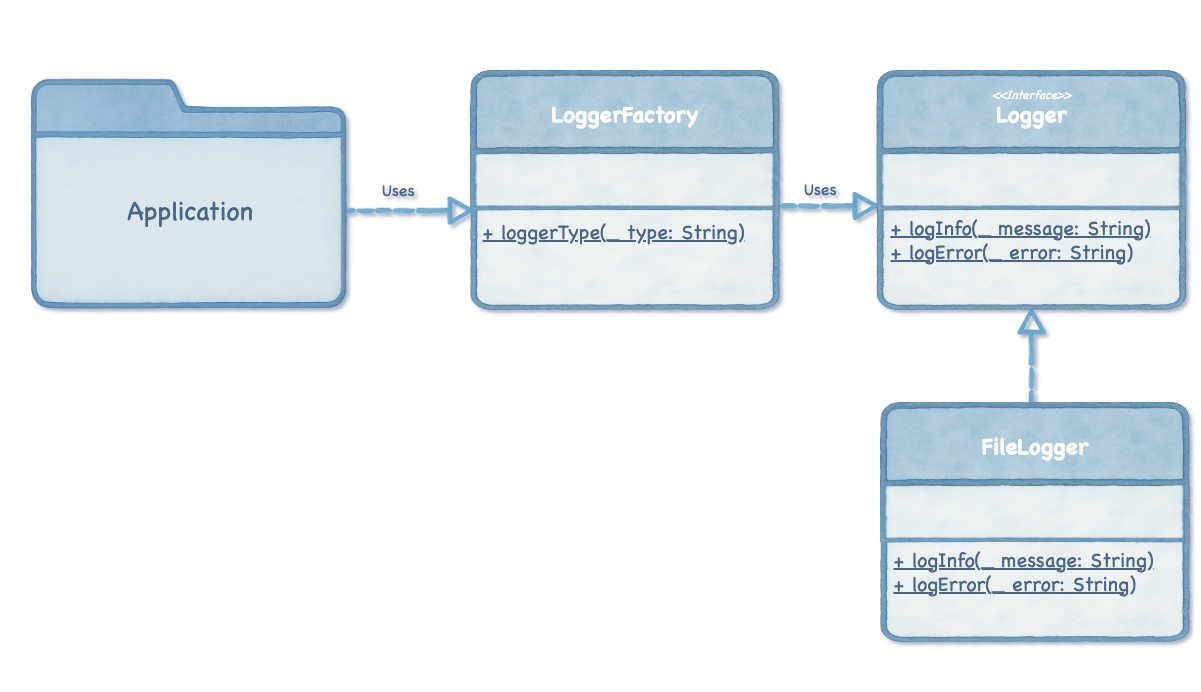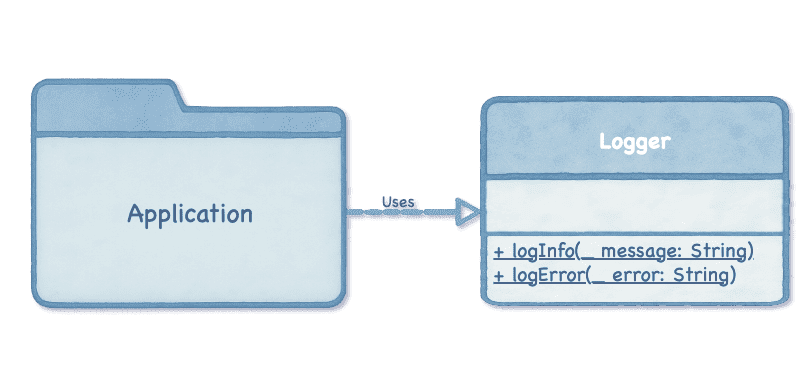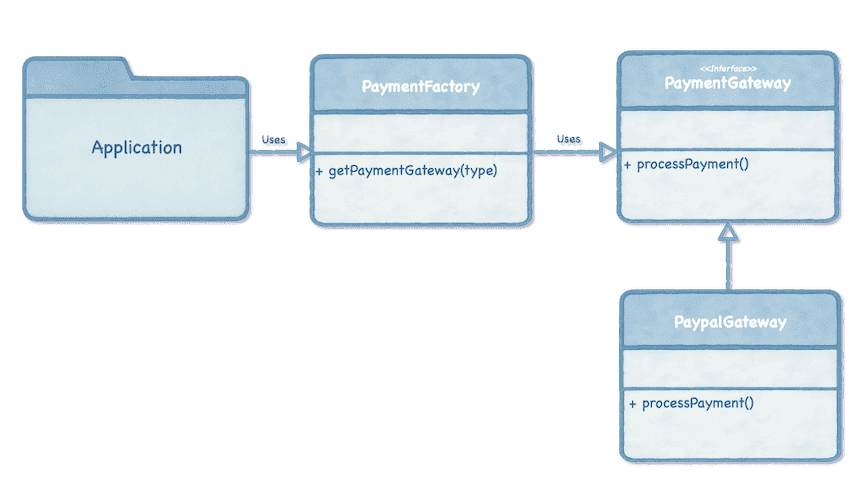Premature Abstraction in Software Design
🌑 Outline
One year, Architect Weaver  began building his nest early, before the rains came. He made it big and complex. But when a storm hit, the nest collapsed. A wise owl said, “You built too soon. Even the best nest fails when the season is wrong. Wait for the rains. Build when it is time.” Since then, Weaver applied this wisdom everywhere — even in coding. He tried not to over-engineer, avoided adding unnecessary layers too soon, and built only what was needed at the time. Weaver realised that applying abstraction in advance sometimes causes more harm than help, because you’re solving problems that don’t yet exist and adding complexity that isn’t needed. So he learned to wait, observe, and abstract only when real patterns emerged.
began building his nest early, before the rains came. He made it big and complex. But when a storm hit, the nest collapsed. A wise owl said, “You built too soon. Even the best nest fails when the season is wrong. Wait for the rains. Build when it is time.” Since then, Weaver applied this wisdom everywhere — even in coding. He tried not to over-engineer, avoided adding unnecessary layers too soon, and built only what was needed at the time. Weaver realised that applying abstraction in advance sometimes causes more harm than help, because you’re solving problems that don’t yet exist and adding complexity that isn’t needed. So he learned to wait, observe, and abstract only when real patterns emerged.
That is what premature abstraction warns us about.
🌥️ What is Premature abstraction?
Premature abstraction happens when you create an abstraction (or generalisation) too early, before you truly understand the problem or before there’s enough evidence that the abstraction is needed.
The human mind is programmed from birth to seek safety and avoid risk. This is why we often try to prepare for every possible problem — even those that may never come. In coding, this instinct manifests as premature abstraction: creating layers, patterns, and flexibility too early, under the misguided belief that it will make the system “safe.” So, Premature abstraction, then, is more an instinct than a principle — a reflex rooted in our desire for control, not a rule of good design.
“You design your code for problems that don’t exist yet — and may never exist — adding unnecessary complexity.”.
🌜YAGINI Principle
YAGNI is a software development principle that stands for “You Aren’t Gonna Need It.” It’s about not writing code, adding features, or creating abstractions to prepare for future scenarios that may never happen.
It serves as a safeguard against premature abstraction, reminding developers to resist the instinct to generalise or over-engineer before real needs emerge.
🌓 Architect Weaver Over-Engineered Here
Once Weaver was implementing a logger for an application. Being overexcited, he decided to make it “future-proof.” He could have simply implemented a Logger struct with static methods — clean and sufficient for the current needs:
However, Weaver, eager to future-proof the design, created an elaborate system: An interface for the Logger, with a concrete implementation called FileLogger. He imagined that someday other types — such as DatabaseLogger or EmailLogger — would be plugged in seamlessly. He built a LogManagerFactory to decide at runtime which writer to use, and for now, only one type, the FileLogger, is supported. It looked flexible and future-ready. However, it added unnecessary complexity to a simple problem. The extra layers made the code harder to maintain and slower to change, without providing any real benefit.
In the end, Weaver realised that all those extra layers — the interface, the factory, and the imagined loggers — only made the system heavier and complex.
🌕 It’s Not An Over-Engineering
But does that mean abstraction and flexibility are always bad? There are times when anticipating future needs — and designing for them — is not just acceptable but essential.
Weaver even has one example where he intentionally used abstraction in the initial phase, and to this day, he believes it was the right decision.
The application required support for payment integration, and the initial request was to add PayPal. However, Weaver already knew that more payment gateways — such as Stripe, Razorpay, and others — would be added shortly.
With this clear and inevitable need in mind, he decided to design an abstraction from the beginning: a PaymentGateway interface with a concrete PayPalGateway implementation, and a PaymentGatewayFactory to provide the appropriate gateway at runtime. This setup allowed new gateways to be added later without rewriting any business logic — just by implementing the interface and registering them with the factory.
🌚 Difference Between The Two
Weaver believes that over-engineering and wise foresight are separated by a thin line — one based on assumptions, the other on evidence. Even experienced developers, including Architect Weaver  , have crossed it by solving problems that never existed.
, have crossed it by solving problems that never existed.
| Aspect | 🪺 Premature Abstraction (Logger) | 🌾 Timely Abstraction (Payment Gateway) |
|---|---|---|
| Flexibility Need | Hypothetical: “Maybe log to DB someday” | Inevitable: “More gateways are coming” |
| Current Requirement | Just log to a file | Start with PayPal, more gateways expected |
| Future Change | No concrete plan | Clear business requirement |
| Impact on Codebase | Unnecessary layers, harder to maintain | Easier changes, less rework |
🧘 Final Thoughts
Architect Weaver  believes that abstraction is a powerful tool — but like all tools, it must be used with care and timing. As Weaver learned through experience, building too early or too much leads to unnecessary complexity, while timely abstraction becomes wise preparation.
believes that abstraction is a powerful tool — but like all tools, it must be used with care and timing. As Weaver learned through experience, building too early or too much leads to unnecessary complexity, while timely abstraction becomes wise preparation.




Comments powered by Disqus.